

Contact: Manager Yang
Hotline: 950-4048-3964 (free)
Tel: 0510-85386636
Mobile: 18011518665
Shangmeng Technology Wuxi Co., Ltd.
Address: A1-602, Tianan Smart City, No. 228 Linghu Avenue, Xinwu District, Wuxi City, Jiangsu Province
Looking back at the major advances in science and technology in 2017:

1. The laser interference gravitational wave observatory (LIGO) re-energized. On August 16th, LIGO teamed up with the European “Virgo” gravitational wave detector to directly detect the gravitational wave generated by the collision of the double neutron star, marking “ Multi-trust astronomy enters a new era of "ear-sightedness".

2. American researchers used the gene editing technology CRISPR-Cas9 to successfully correct the mutation of MYBPC3 gene in hypertrophic cardiomyopathy in pre-implantation human embryonic cell DNA. The results of the study were published online in "Nature" on August 2nd. The researchers say the technology can be used in conjunction with preimplantation genetic diagnosis to correct genetic variations in human embryos.
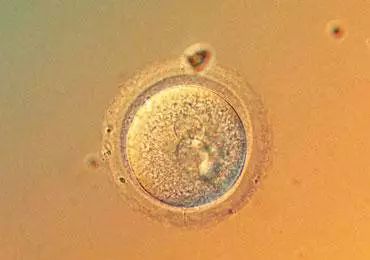
3. In July of this year, an iceberg equivalent to the size of Delaware in the United States was separated from the Larsen C ice shelf in Antarctica. NASA's medium-resolution remote sensing satellite captured the split image of this huge iceberg.
The Larsen C ice shelf on the eastern side of the Antarctic is the fourth largest ice shelf on the southernmost tip of the Earth. The cracks that have been slowly growing on the ice shelf for decades have suddenly spread northward, forming a new iceberg. With the breaking of 5,800 square kilometers of ice, the area of the Larsen C ice shelf has been reduced by at least 10%.
However, NASA scientists also said that although global warming and climate change are affecting the Antarctic ice sheet and melting the glaciers, the disintegration of Larsen C cannot be directly attributed to the rise in temperature.
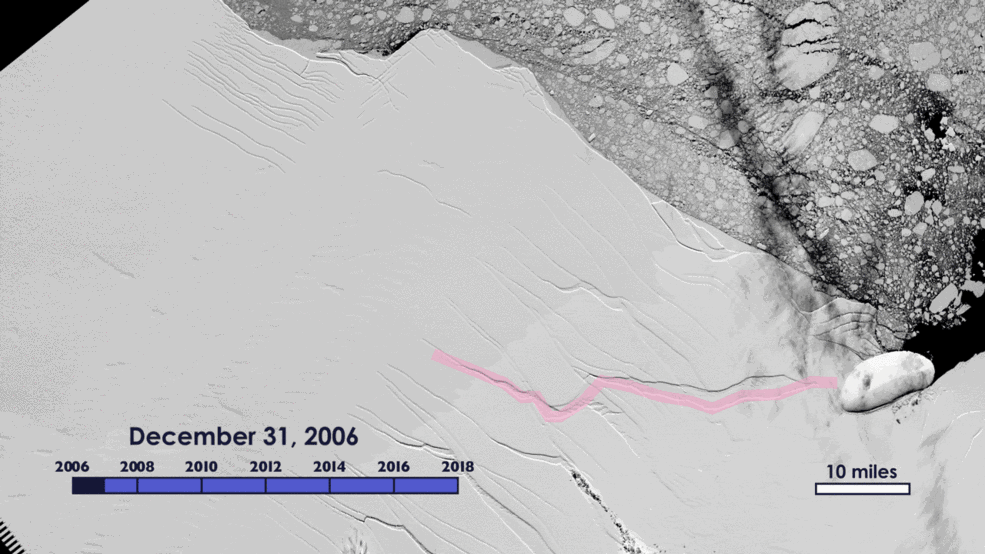
4. This year, NASA developed a new generation of Stratospheric Aerosol and Gas Experiment (SAGE) No. 3 instrument to monitor global ozone layer changes. Prior to this, SAGE 1 and SAGE 2 have helped scientists delve into the causes and effects of the Antarctic ozone hole.
SAGE III has a design life of three years and will continue to help scientists monitor ozone recovery in the future. NASA's Earth System Science Pathfinder program is supporting the development of this instrument, which is currently managed by the NASA Langley Research Center in Hampton.
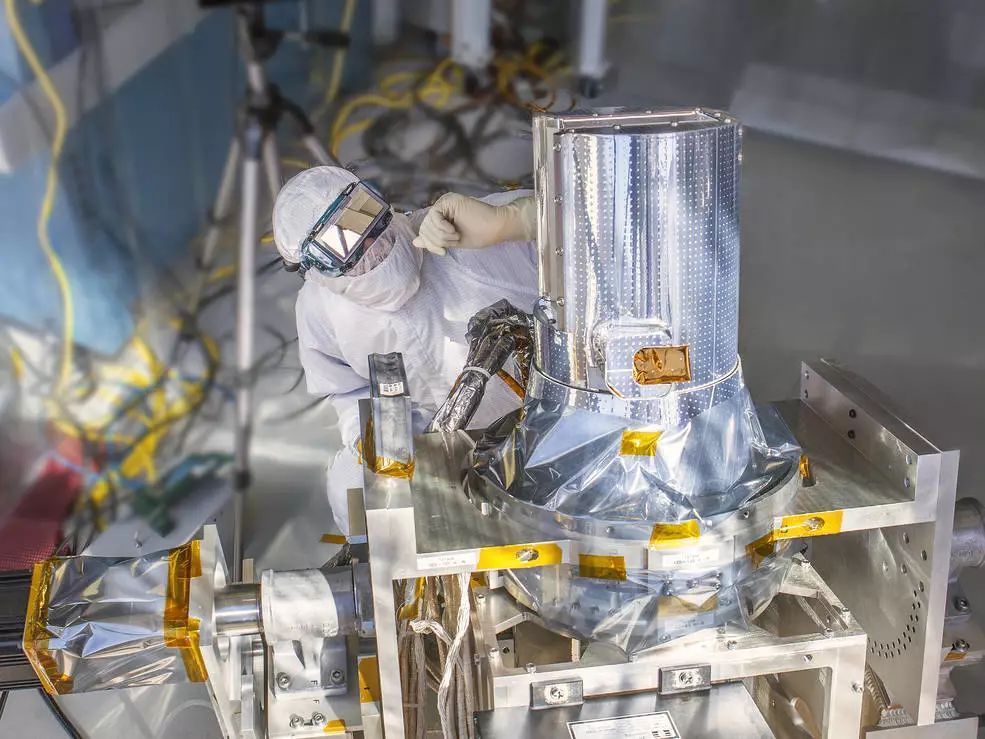
5. The TRAPPIST-1 system is about 40 light-years from Earth and contains seven planets that orbit the parent star in a narrow orbit. Scientists estimate that three of the seven planets are in a livable zone, a region where liquid water may be present. But new evidence from the Hubble Space Telescope suggests that there may be as many as five planets with liquid water.
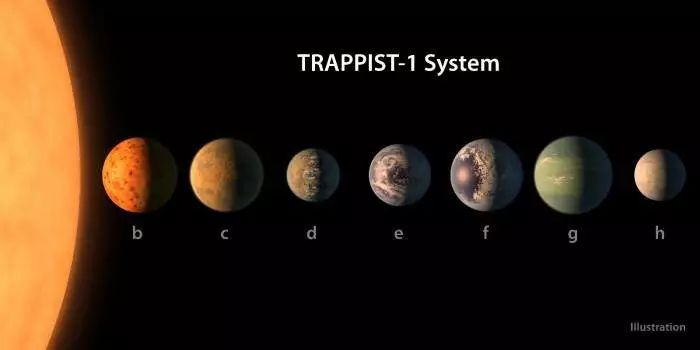
6. On August 21st, the total solar eclipse that once again “appeared” in 99 years spanned 14 states. It was the first total solar eclipse that only appeared in the United States since the founding of the United States in 1776, not only for the ordinary Americans to rise from the ordinary life. Looking at the sea of stars, it also provides scientists with an excellent opportunity to study solar chemistry, Einstein's general theory of relativity, and the position of the Earth in the solar system.

7. According to the British “Daily Mail” reported on August 2, the increase in carbon dioxide concentration due to global warming will greatly reduce the protein content of major crops such as rice and wheat. Experts predict that this phenomenon will lead to the risk of developmental disorders and premature death in the world by 150 million people by 2050.
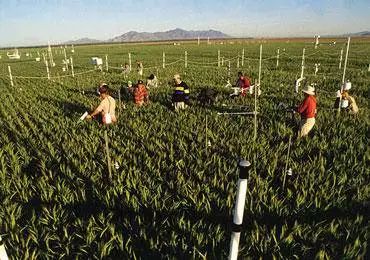
8, CART, the full name is Chimeric Antigen Receptor T-Cell Immunotherapy, chimeric antigen receptor T cell immunotherapy. This is a new type of cell therapy that has been around for many years, but has been improved and used clinically in recent years.
Similar to other immunotherapies, its basic principle is to use the patient's own immune cells to clear cancer cells, but the difference is that this is a cell therapy, not a drug.
On August 30th, the US Food and Drug Administration (FDA) approved the first gene therapy method for the CART cell drug Kymriah. Kymriah is a genetically modified autologous T cell immunotherapy.
Each dose of Kymriah is a customized treatment produced using individual patient's own T cells. The patient's T cells are collected and sent to a preparation center where they are genetically modified to direct T cells to target and kill specific antigens on the surface. Once the cells are modified, they can kill cancer cells when they are injected into the patient.
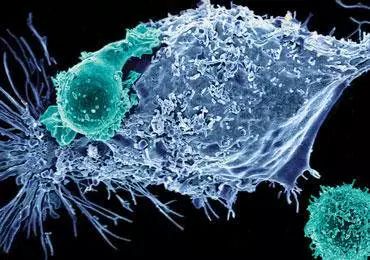
9. National media CNN revealed that according to the authoritative medical journal JAMA, 99% of National Football League (NFL) players suffered from chronic traumatic brain lesions after retirement.
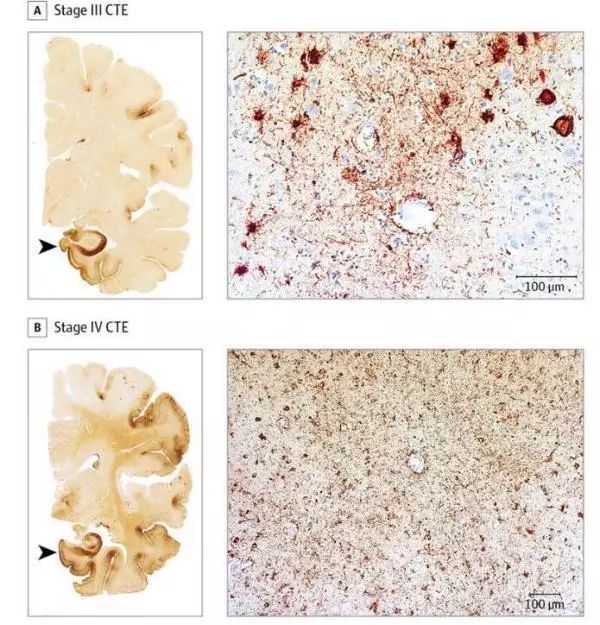
Pathological section of brain lesions of football players in the JAMA survey report
The survey pointed out that chronic traumatic brain lesions are lesions caused by a large number of repetitive head-on collisions that produce extra microtubule-binding proteins in the brain that block the normal nerve conduits. A series of neurological disorders are produced.
These conditions include memory loss, confusion, declining judgment, depression, nervousness, etc. Victims may even be offensive because of impulsiveness, and some people commit suicide because they are suffering.
The researchers conducted the study through brain slices of 202 rugby players who volunteered to donate their brains after death.
10. Zika virus belongs to the family Flaviviridae, Flavivirus, single-stranded positive-strand RNA virus, 20 nm in diameter, is an arbovirus transmitted by mosquitoes. The host is not clear, mainly in wild primates and inhabits Mosquitoes in the tree, such as Aedes aegypti, circulate.
In May 2015, the first case of Zika virus infection occurred in Brazil. Since then, Zika virus disease has spread and spread in the Americas. There are currently 36 countries and regions with local cases, especially in Brazil. A cluster of cases of microcephaly and other neurological diseases have also occurred in countries with high incidence of viral disease.
Recently, it has been found that the number of Zika virus cases in the Western Hemisphere has declined this year, which is undoubtedly good news. However, the control of Zika virus is still not relaxed.
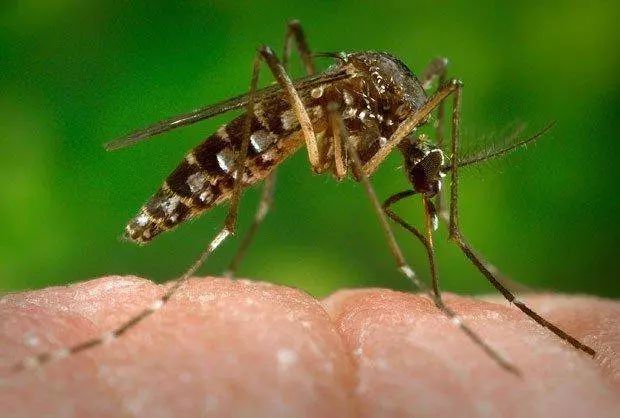
Source: Sina Technology
Address:Tianan Smart City A1-602, No. 228 Linghu Avenue, Xinwu District, Wuxi, Jiangsu, China TelePhone:0510-85386636 Fax:0510-85384339 E-mail:info@solmontech.com
KeyWord: